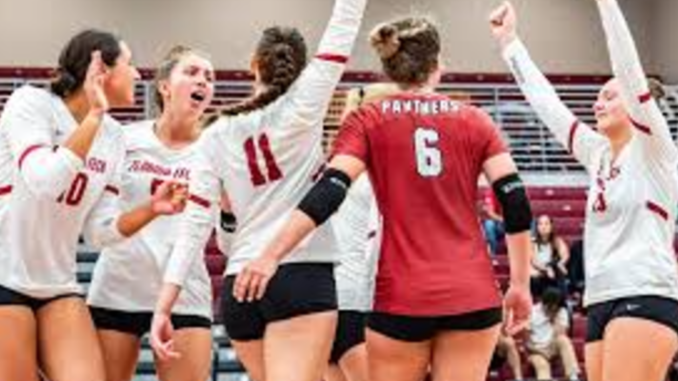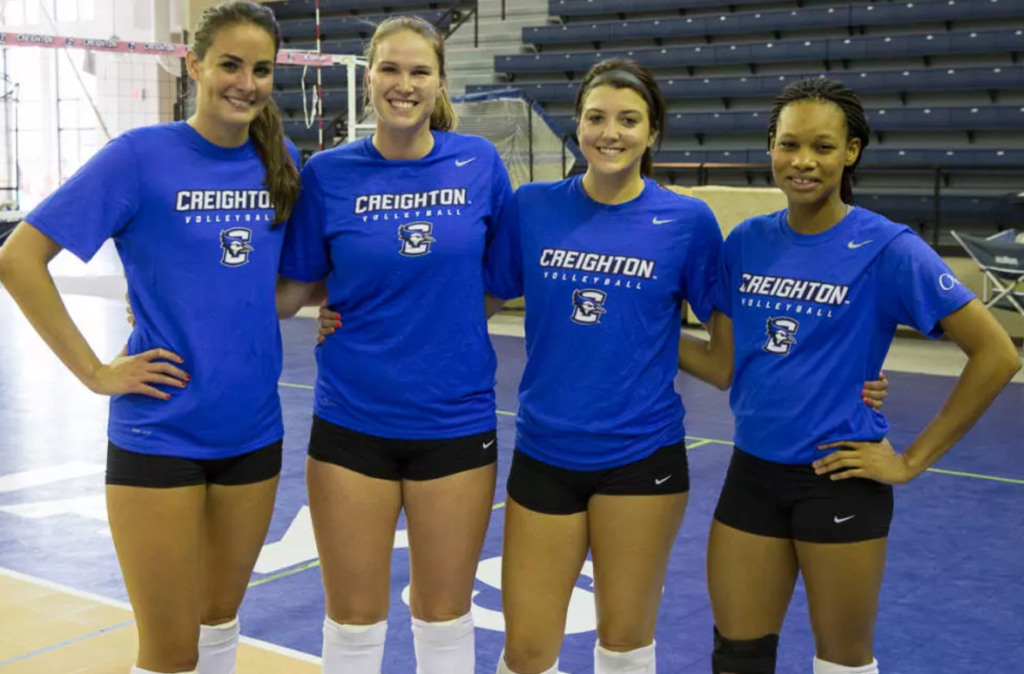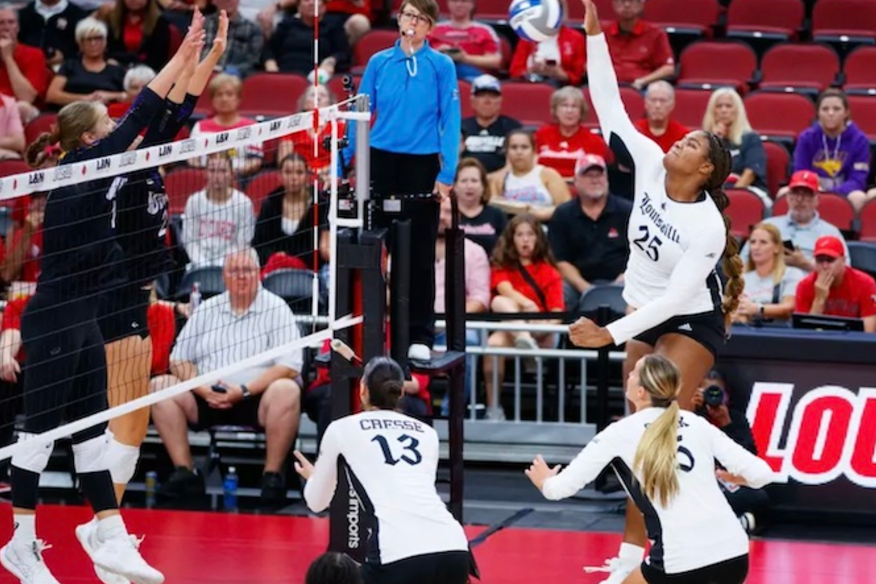
2006 volleyball incident late nights
In 2006, volleyball was in a dynamic phase. The sport’s popularity had expanded globally, with professional leagues gaining traction in countries like the United States, Brazil, and Japan. Collegiate volleyball, especially in the U.S., saw packed gymnasiums and heightened rivalries during the NCAA tournaments. Beach volleyball also continued to gain recognition, further diversifying the sport’s appeal.
Competitive Growth
- The introduction of new rules, such as rally scoring, revolutionized how games were played and viewed.
- Advancements in training techniques and technology allowed athletes to push boundaries, leading to more exciting matches.
Late-Night Training and Games
- Teams often relied on unconventional training schedules, including late-night practices, to accommodate academic or professional commitments.
- Late-night volleyball sessions were not only a practical solution but also fostered a sense of unity among players.
See Also; uw platteville volleyball

Reconstructing the Incident
The hypothetical 2006 volleyball incident during a late-night session could have taken place in several plausible settings:
- Collegiate Rivalry Escalation
- Imagine a heated volleyball match between two collegiate teams running into the late hours due to delays or an extended series of tie-breaking sets. Tensions, exhaustion, and adrenaline could lead to unexpected confrontations or dramatic gameplay.
- Professional Exhibition Gone Awry
- A professional volleyball exhibition, hosted as a late-night event for fans, could have faced challenges like equipment failure, player disputes, or unforeseen accidents.
- Training Mishap
- During a late-night practice session, a misstep or lapse in focus could have resulted in an injury or emotional confrontation, emphasizing the importance of balance and rest in an athlete’s routine.
- Cultural Clash at an International Match
- An international volleyball match played late at night in a foreign setting might have sparked cultural misunderstandings or logistical issues, showcasing the challenges of globalization in sports.

Late-Night Volleyball: Challenges and Risks
Late-night volleyball, while often necessary, comes with its own set of challenges. Understanding these factors provides context for any incidents that might arise during such sessions.
1. Physical Fatigue
- Players are more prone to injuries and mistakes when operating outside their typical schedules.
- Fatigue impacts reaction times, coordination, and decision-making abilities.
2. Emotional Stress
- High-stakes games or practices can lead to heightened emotions, especially when players are tired.
- The potential for arguments or confrontations increases during late-night sessions.
3. Logistical Hurdles
- Late-night matches or practices might face logistical challenges, such as inadequate lighting, reduced medical support, or unforeseen delays.
4. Mental Focus
- Athletes often struggle with maintaining focus during unusual hours, impacting both performance and morale.
See Also; lincoln lutheran volleyball
Lessons from the Incident
While the specifics of the “2006 volleyball incident late nights” may be ambiguous, such a scenario offers several lessons for the volleyball community:
1. The Importance of Scheduling
- Ensuring practices and matches occur during optimal hours can minimize risks and enhance performance.
- Athletic programs must balance players’ physical needs with academic and personal commitments.
2. Effective Conflict Resolution
- Heated moments during games or practices underscore the need for strong leadership and communication skills.
- Coaches and team captains play pivotal roles in de-escalating tensions and maintaining team harmony.
3. Emphasizing Recovery
- Late-night activities should be balanced with adequate recovery time to prevent long-term impacts on athletes’ health.
- Incorporating wellness programs can help athletes manage stress and fatigue.
4. Learning from Adversity
- Incidents, even negative ones, serve as learning opportunities for teams and organizations to improve protocols and strategies.

See Also; uil volleyball playoffs
The Role of Media and Public Perception
In the digital age, even in 2006, incidents in sports quickly gained media attention. A late-night volleyball incident might have been amplified by:
- Sports News Coverage: Highlighting the stakes and dramatizing the event.
- Fan Reactions: Social media platforms, though in their infancy, allowed fans to share opinions and build narratives.
- Institutional Responses: Teams or leagues would issue statements to address any controversies or misunderstandings.
Late-Night Volleyball in Pop Culture
Volleyball’s portrayal in movies, television, and books often includes high-stakes, dramatic moments. A late-night volleyball scenario could easily fit into:
- A coming-of-age sports movie featuring young athletes overcoming adversity.
- A documentary exploring the challenges faced by collegiate athletes balancing academics and sports.
Conclusion
The “2006 volleyball incident late nights” serves as a symbolic representation of the intensity, unpredictability, and life lessons inherent in the sport. Whether it was a real event or a conceptual idea, the notion highlights the physical and emotional demands placed on athletes, the camaraderie forged in adversity, and the stories that make volleyball a beloved sport worldwide. By understanding and learning from such scenarios, the volleyball community continues to grow and evolve, ensuring the sport’s legacy endures for generations to come.
Leave a Reply